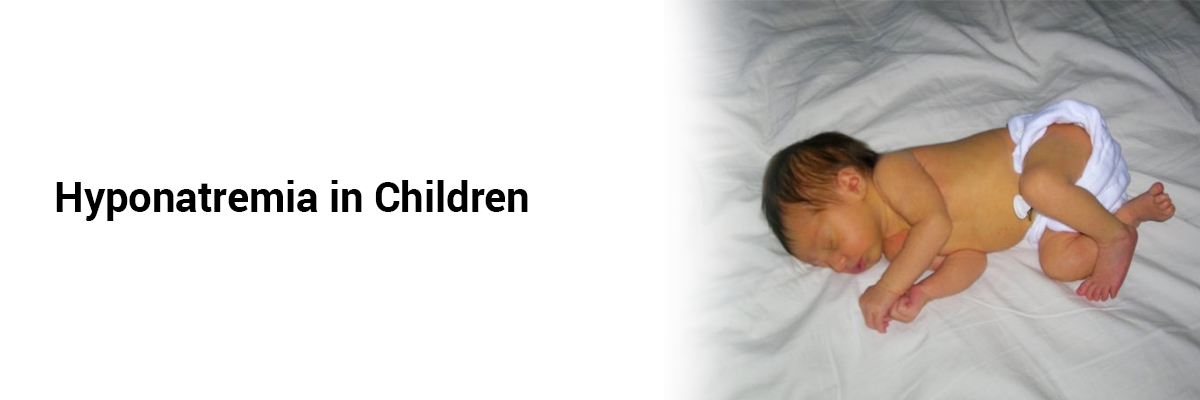
 IJCP Editorial Team
IJCP Editorial Team
Hyponatremia in Children
Children with mild hyponatremia presenting to the pediatric emergency departments (EDs) are significantly more likely to need vasopressors, be admitted to wards and pediatric intensive care units (PICUs) and die. These findings from a retrospective observational study was published online on June 14, 2024 in the journal Frontiers in Pediatrics.1
The purpose of this study was to determine whether mild hyponatremia was associated with unfavorable outcomes. Children under the age of 18 years who visited the pediatric emergency departments (ED) at a tertiary hospital were included in this retrospective observational study. Data from electronic medical records from January 2009 to December 2020 were examined for clinical outcomes including ward admission, vasopressor administration, admission to the PICU and mortality. Out of the 44,147 children included in the study, 1639 (3.7%) belonged to the hyponatremia group; 1521 (3.4%) had mild hyponatremia (serum sodium concentration 130-135 mmol/L). Younger patients, especially in the age group of 1-3 years, tended to have mild hyponatremia. More males than females had hyponatremia.
Results showed that compared to patients who were normal sodium levels (4.4 hours), those with mild hyponatremia had a considerably longer median length of stay in the ED (5.8 hours). Children in the mild hyponatremia group had higher ward admission rates compared to the normonatremia group; 51.1% vs 35.6%, respectively. Showing a similar trend, the vasopressor use (1.1% vs. 0.6%) and PICU admission rates (2.4% vs 1.0%) were also substantially increased in the mild hyponatremia group vs in the normonatremia group. Additionally, they displayed noticeably greater rates of mortality (1.5%) than the normonatremia group (0.3%).
The likelihood of ward admission and vasopressor administration was doubled in the mild hyponatremia group with odds ratios of 1.90 and 1.91, respectively in comparison to the normonatremia group. The probability for PICU admission was more than doubled with OR of 2.62. The risk of mortality was increased nearly 6 times in children with mild hyponatremia (OR 5.56).
These findings show a significant rising trend in unfavorable outcomes from mild hyponatremia to severe hyponatremia. Also, the severity of hyponatremia at the time of presentation to the ED correlates with a more pronounced negative impact on these outcomes. This underscores the significance of prompt intervention and thorough investigation to determine its underlying cause. Prompt and appropriate management of hyponatremia is essential to improve adverse outcomes and enhance patient care within the emergency department setting.
Reference
Front Pediatr. 2024 Jun 14;12:1379727. doi: 10.3389/fped.2024.1379727.

IJCP Editorial Team
Comprising seasoned professionals and experts from the medical field, the IJCP editorial team is dedicated to delivering timely and accurate content and thriving to provide attention-grabbing information for the readers. What sets them apart are their diverse expertise, spanning academia, research, and clinical practice, and their dedication to upholding the highest standards of quality and integrity. With a wealth of experience and a commitment to excellence, the IJCP editorial team strives to provide valuable perspectives, the latest trends, and in-depth analyses across various medical domains, all in a way that keeps you interested and engaged.



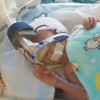
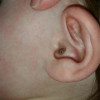





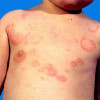
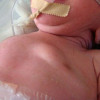


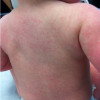





Please login to comment on this article